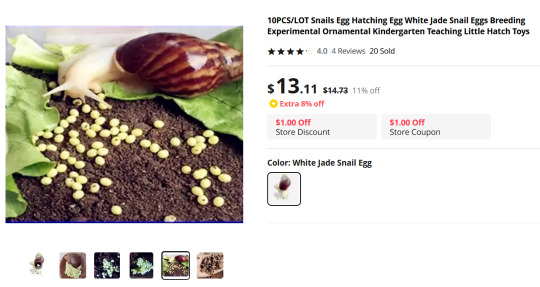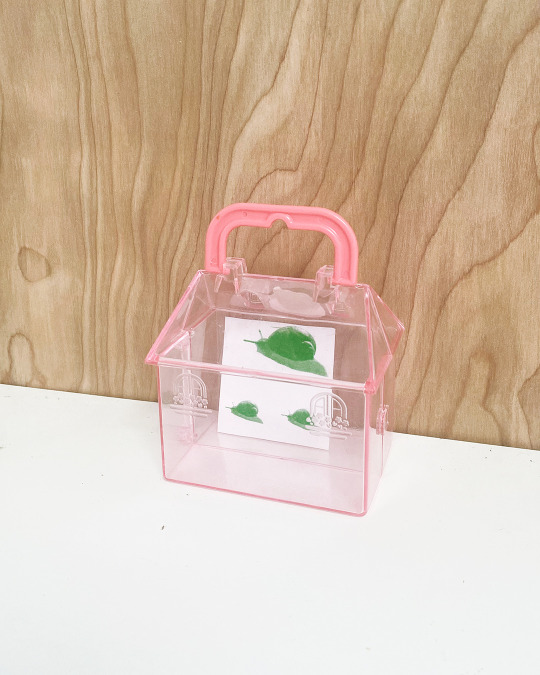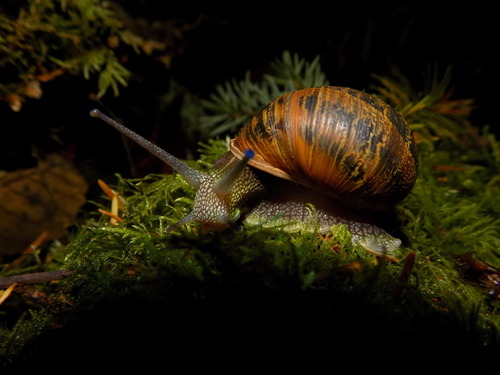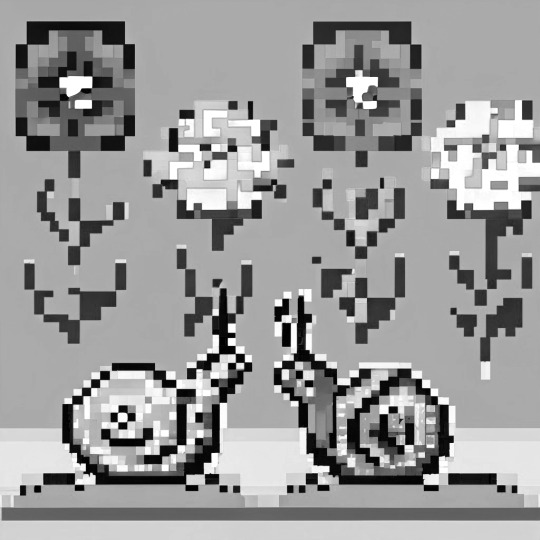Channel for snail content, research, and snail streams
Don't wanna be here? Send us removal request.
Text
what snails can teach us
snail.stream on tiktok
5 notes
·
View notes
Text

Chinese sellers on Aliexpress are trying to sell giant land snail eggs as "Little Hatch Toys" which is adorable and hilarious except of course that this is the most illegal animal in the United States and even a zoo or scientific institution would get in trouble for having any
10K notes
·
View notes
Text
5 notes
·
View notes
Text
HE IS A SMALL GUY :’-)
40 notes
·
View notes
Text
3 notes
·
View notes
Text

single parent of 2, from my studio
1 note
·
View note
Text
close up of aru eating lettuce :’)
105 notes
·
View notes
Text
going to name my first girl after a bivalved sea snail

251 notes
·
View notes
Text




Life in the Slow Lane: The Brown Garden Snail
Perhaps the most widely known member of the mollusk group, the brown garden snail (Cornu aspersum), also known as the European garden snail, is native to the Mediterranean region of southern Europe and northern Africa, and his since spread to every continent except Antarctica. It thrives in temperate zones, particularly in open forests, coastal dunes, and urban parks and agricultural spaces. This spread has largely been facilitated by humans, and may have started as early as the Neolithic era nearly 8500 years ago.
The brown garden snail's name is an excellent descriptor of the species; both the body and the shell are mainly shades of brown. Generally the body is lighter than the shell, and secretes a thin layer of mucus to keep itself moist. The shell is about 2.5 to 4 cm (0.98-1.57 in) wide, while the body itself is roughly 5-9 cm (1.97-3.54 in) long. Body and shell combined, C. aspersum only weighs 15g (0.53 oz) at maximum. The body is made of two parts; the head, which carries the eye stalks, mouth, and sensory tentacles; and the foot, essentially a large muscle which the snail uses to move from place to place. The rest of its organs, including the heart, lungs, stomach, and anus are contained within the shell itself. Only the genital pore, located on the side of the foot, is exposed.
C. aspersum is primarily an herbivore, feeding on leaves, flowers, and fruits, as well as rotting plant and animal matter. In order to obtain the calcium it needs to build and maintain its shell, the European garden snail also occasionally consumes soil. Because of its slow nature, reaching a maximum of only 2.4 mm/s (0.09 in/s), this species is a common food item for other predatory snails, centipedes, glow worms, small mammals, lizards, frogs, and birds. However, the brown garden snail is able to retreat into its shell and produce a thick, frothy mucus membrane when threatened.
Like other terrestrial mollusks, the European garden snail is a hermaphroditic species, possessing both male and female gametes. Individuals may reproduce year round, provided with plentiful resources and good environmental conditions. When two snails encounter each other and wish to mate, each one spears the other with a hard calcite spine, known as a love dart. These darts allow the two to exchange sperm, and the process may take several hours. Afterwards, an individual may store viable sperm for up to 4 years. About ten days after a snail fertilizes its sperm, it lays about 50 eggs in a sheltered area; a single snail may do this up to 6 times a year. Eggs take between 2-4 weeks to hatch, and emerge with a soft shell. It takes about 10 months for juveniles to reach full maturity, and they may live up to 3 years in the wild.
Conservation status: C. aspersum has been rated as Least Concern by the IUCN. In both its introduced and native range, it is considered a pest species due to its consumption of crops. However, this species has also been adopted in some areas as a pet or as an edible delicacy.
If you like what I do, consider leaving a tip or buying me a ko-fi!
Photos
Bill Frank
Alan Henderson
Kostas Zontanos
Rand Workman via iNaturalist
112 notes
·
View notes
Text
2 notes
·
View notes
Text
🥒
2 notes
·
View notes
Text
the snail as a genderqueer icon
Snails are hermaphrodites, meaning both male and female.
A snail can play the role of the female in one mating session and the role of the male in another.
During the act of mating, snails can play both roles at the same time and fertilize each other simultaneously. They can also reproduce asexually.
When mating, snails will shoot each other with “love darts”. These love darts are part of the courtship. But in some cases, it can even kill the mating partner.
4 notes
·
View notes
Text

Snail as a spirit guide
0 notes
Text



AI generated pixel compositions of snails + flowers
2 notes
·
View notes
